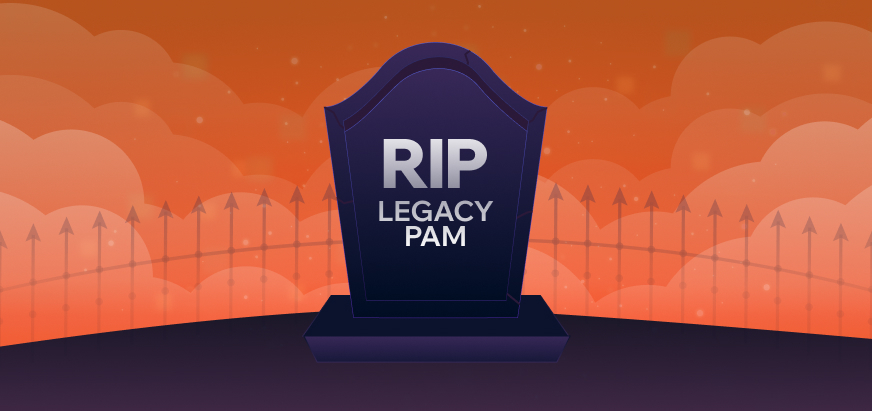Managing access to cloud infrastructure has become one of the most critical security challenges for businesses today. Platforms like AWS, GCP, Azure, and Snowflake form the backbone of operations, housing sensitive customer data and driving essential services. Yet, many organizations continue to rely on outdated access management practices, perpetuating long standing privileges that leave critical systems vulnerable. The lack of modern tools to enforce least privilege often leads to unnecessary risks.
But imagine a different reality. Picture a future where zero standing privileges exist for sensitive access, and every granted permission is rigorously justified. Visualize a landscape where you have complete visibility into user permissions across all your cloud environments, enabling you to pinpoint and resolve permission issues with a single click. Envision a world where self service capabilities and automation take the place of cumbersome processes like submitting Jira tickets, streamlining workflows and enhancing productivity.
The Shortcomings of Traditional PAM
Traditional Privileged Access Management (PAM) solutions are rapidly losing relevance in this cloud centric era. With Gartner predicting that by 2025, over half of IT spending will be directed toward the public cloud, the limitations of legacy PAM systems become glaringly evident. These solutions primarily focus on credential management—passwords and tokens—while overlooking the more critical issue of authorization.
In cloud environments, it’s not just about who can log in; it’s about what users can actually do once they’re in. Over permissioned users—whether they’re employees, contractors, or service accounts—pose significant risks, amplifying the chances of security breaches and compliance failures.
Embracing Cloud Privileged Access Management
Cloud Privileged Access Management (CPAM) represents a revolutionary approach to access management that goes beyond traditional models. With CPAM, organizations can achieve comprehensive control over sensitive access to their cloud resources while supporting productivity.
Key features of CPAM includes:
- Comprehensive Cloud Resource Management: CPAM enables organizations to govern access across multiple cloud platforms, including AWS, GCP, Azure, and Snowflake, ensuring that permissions are granted and monitored effectively.
- Infrastructure as Code: Organizations can define their access management policies using code through our Terraform provider, promoting a more agile and efficient approach to managing permissions.
- Just-in-Time (JIT) Access: By facilitating JIT access to privileged roles and sensitive resources, CPAM allows users to elevate permissions temporarily based on specific needs, drastically reducing the risk of standing privileges.
- Emergency Access Workflows: Organizations can escalate temporary access requests quickly and efficiently, ensuring that critical tasks can be completed without unnecessary delays.
- Transforming Standing Access Rights: CPAM simplifies the process of converting existing standing access rights into JIT access, aligning with the principle of least privilege.
- Command Line Management: Security teams can manage permissions and requests using the ConductorOne command line tool (“cone” CLI), streamlining workflows for technical users.
- Automation and Custom Tooling: With a public API, organizations can automate tasks and build custom tooling tailored to their specific needs, enhancing operational efficiency.
- Support for On-Prem Infrastructure: CPAM also extends its capabilities to manage access controls for hybrid environments, including on-prem systems like Active Directory, LDAP, Postgres, and Microsoft SQL Server, ensuring a cohesive security strategy.
By eliminating static privileges, organizations can significantly mitigate risks associated with over-permissioned accounts and bolster their overall security posture.
Unlocking a Superior User Experience
Transitioning to Cloud Privileged Access Management offers benefits that extend beyond security. Automated access reviews simplify compliance efforts, making it easier to identify orphaned accounts and unnecessary permissions. This efficiency alleviates administrative overhead, allowing your security teams to redirect their focus toward more strategic initiatives that drive business value.

